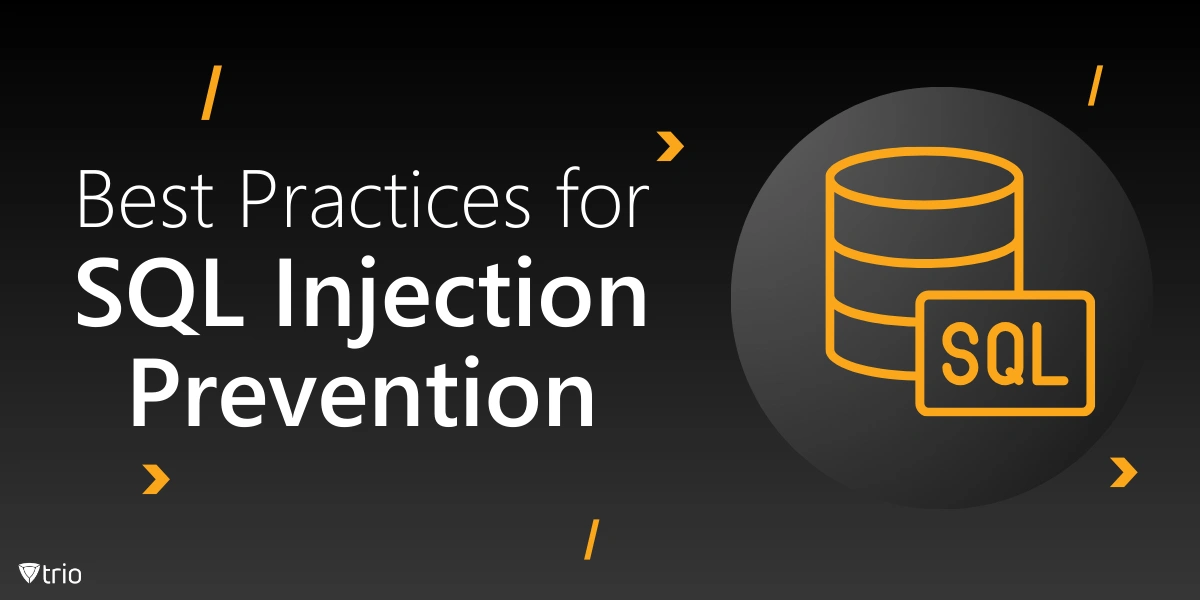SQL injection is one of those security threats you just can’t ignore. In simple terms, it happens when an attacker sneaks harmful code into an application’s database query. By doing so, they can steal, delete, or modify sensitive data. And yes, it can happen to any business that isn’t taking proper precautions to prevent SQL injection attacks.
This type of vulnerability is shockingly common. In fact, reports show that a large portion of cyberattacks involve SQL injection in some form. In 2019, according to Vice, a SQL injection vulnerability was discovered in Fortnite, potentially allowing attackers to gain unauthorized access to user accounts and personal information. This flaw could have enabled hackers to exploit login details, compromising the privacy and security of millions of players globally. Attackers are always on the lookout for poorly protected systems to exploit, which is why it’s so important for businesses to stay on top of this issue.
So, if you’re running a business that relies on a database—and most do—taking steps to prevent SQL injection attacks should be a part of your vulnerability management. Let’s see how attackers pull it off and what you can do to stop them.
Common SQL Injection Attack Techniques
Let’s break down the types of SQL injection attackers love to use. One of the most common is in-band SQL injection. This can be error-based, where an attacker purposely triggers an error to see the database’s response, or union-based, where they combine multiple queries to extract data.
Then we’ve got blind SQL injection. Attackers don’t get direct feedback here, so they have to rely on time-based methods (like seeing how long the database takes to respond) or boolean-based ones, where true or false conditions guide their actions.
Lastly, there’s out-of-band SQL injection, where attackers leverage external systems to gather data. While less common, it’s a technique that savvy hackers might use when other options fail. Each SQL injection example may look a little different, but understanding these methods will help you stay a step ahead.

Real-World Impacts of SQL Injection Attacks
SQL injection has been the root cause of several high-profile data breaches. Companies like TalkTalk and Heartland Payment Systems suffered major hacks, costing them millions of dollars. These attacks didn’t just hurt their wallets—they also led to a loss of customer trust and severe legal penalties.
If organizations knew how to prevent SQL injection attacks, they could avoid these devastating consequences. The financial fallout is just one side of the story—there’s also the long-term reputational damage that’s hard to recover from. Once a breach happens, it’s nearly impossible to regain that lost credibility.
Best Practices for SQL Injection Prevention
Wondering what the best way to prevent SQL injection is? A great place to start is by using parameterized queries and prepared statements. These ensure that any user input is treated purely as data, not as part of the actual database commands. This makes it nearly impossible for attackers to inject harmful code.
Another important step is escaping user input correctly. This means safely handling any special characters (like quotation marks or symbols) that a user enters, so they don’t get interpreted as part of the database commands. Paired with input validation and sanitization, where you check and clean any user data before it’s processed, this adds another layer of protection.
Lastly, using stored procedures is a smart approach. These are pre-defined SQL queries that limit direct access to the database, preventing attackers from inserting their own dangerous code. By combining all of these SQL injection prevention techniques, you create a stronger defense for your systems and avoid the risks of costly and damaging company data breaches.
Leveraging Web Application Firewalls (WAF)
Web Application Firewalls (WAF) are another important tool in your SQL injection prevention methods. A WAF works by monitoring and filtering traffic to your application, detecting and blocking malicious SQL queries before they reach your database. It acts as a barrier, ensuring harmful commands never get through.
The beauty of using a WAF is that it complements other security measures like parameterized queries and input validation. It’s not a replacement but an additional layer of protection. When deployed correctly, WAFs significantly reduce the risk of SQL injection attacks slipping through.
When choosing a WAF, look for features like real-time threat detection, automatic updates to recognize new attack patterns, and custom rule settings tailored to your application’s needs. Together with other SQL injection prevention methods, a WAF can offer powerful defense against potential breaches.

How Trio MDM Can Support SQL Injection Prevention
Trio MDM helps businesses strengthen their SQL injection prevention methods by securing devices that access sensitive data. By managing security patches and enforcing regular updates, Trio minimizes vulnerabilities that could expose your systems to SQL injection attacks. This is especially important since unpatched devices are prime targets for exploits like SQL injection.
In addition to patch management, Trio MDM provides detailed security reports, allowing administrators to spot potential risks early. These insights help identify weaknesses across all devices, ensuring SQL databases are only accessed securely. Whether you’re dealing with SQL injection prevention in Java, Python, or even looking to learn how to prevent SQL injection in PHP, Trio’s real-time monitoring and remote maintenance tools provide critical layers of protection.
By enforcing best practices on all managed devices, Trio reduces the risk of unauthorized access to databases, ensuring your business stays secure from evolving threats. You can get the free demo and start experiencing Trio today!
Monitoring and Auditing SQL Databases for Early Detection
Real-time monitoring plays a crucial role in SQL injection prevention. By continuously tracking database activity, businesses can quickly detect unusual behaviors that could signal an attack. Automated logging tools are essential here, as they help spot anomalies instantly, reducing the time between threat detection and action,
In addition to real-time monitoring, regular audits provide another layer of protection. Audits help identify suspicious activity and any gaps in your SQL security measures, allowing you to tighten defenses before they’re exploited. Combined, these methods ensure early detection of potential threats, keeping your databases secure.
Staying Up to Date With Security Patches
To understand how to prevent SQL injection attacks, keeping your software up to date is non-negotiable. Outdated systems are more vulnerable to known exploits, including SQL injections. This is why regularly applying security patches is crucial in maintaining robust defenses.
Automating patch management is another effective way to minimize the risk. Tools designed for this purpose ensure that your software remains protected from the latest vulnerabilities, closing the window of opportunity for attackers to exploit outdated systems.
Conclusion: Staying Ahead
SQL injection is a serious threat, but with the right SQL injection prevention methods, you can stay ahead of it. Ongoing vigilance—through monitoring, patching, and auditing—is key to keeping your systems secure. Implementing layered security strategies, like those discussed, helps protect your database from attack.
By combining techniques like input validation, real-time monitoring, and proactive patch management, you’re building a strong defense. Act now and put these SQL injection prevention methods into practice to safeguard your business and data against potential breaches.
Get Ahead of the Curve
Every organization today needs a solution to automate time-consuming tasks and strengthen security.
Without the right tools, manual processes drain resources and leave gaps in protection. Trio MDM is designed to solve this problem, automating key tasks, boosting security, and ensuring compliance with ease.
Don't let inefficiencies hold you back. Learn how Trio MDM can revolutionize your IT operations or request a free trial today!




